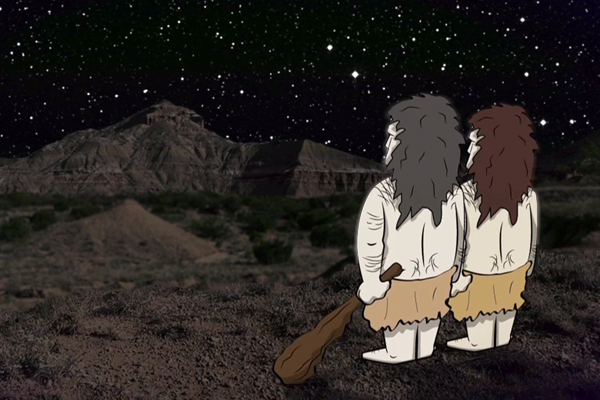
New statistical model to help search for alien life

Are we alone in the universe or does intelligent life exist out there? A researcher at Lausanne’s Federal Institute of Technology (EPFL) has come up with a novel approach to help solve this question – a statistical model to narrow down the detection of possible alien signals.
EPFL scientist Claudio Grimaldi, working in association with the University of California, Berkeley, has developed a statistical model that employs Bayes’ theorem to calculate the probability of detecting a signal within a given radius around the Earth.
He concludes that if no signal is detected within a radius of 1,000 light years, there is still at least a 10% chance that the Earth could be within range of hundreds of potential signals from other parts of the galaxy. The problem is that our radio telescopes are not powerful enough to detect them.
Grimaldi estimates that the probability of detecting an alien signal becomes very slim at 40,000 light years from Earth. At that distance, “we can reasonably conclude that no other civilization at the same level of technological development as ours is detectable in the galaxy,” EPFL said in a statementExternal link.
However, up to now scientists have only been able to search for signals at a distance of 40 light years.
It is hoped that Grimaldi’s method – described in an article appearing in the Proceedings of National Academy of Sciences of the United States of the America (PNASExternal link) – could make the scientific search cheaper and more efficient.
The “Wow! signal”
Researchers have been looking for signs of alien life for almost 60 years. Several research projects concerning the search for extraterrestrial intelligence (SETI) have been launched since the late 1950s, mainly in the United States. These include monitoring electromagnetic radiation for signs of transmission using the latest high-performance radio telescopes.
Despite considerable advances in radio astronomy and the increase in computing power, none of those projects have led to anything concrete. Several signals have been recorded, such as the “Wow! signalExternal link” in 1977, but scientists could not pinpoint their origin. And none of them have been repeated or seem credible.
Scientists have not given up, though. SETI has seen renewed interest following the discovery of nearly 4,000 planets outside our solar system, known as exoplanets. Researchers have also designed sophisticated new instruments, like the Square Kilometre Array, a giant radio telescope being built in South Africa and Australia with a total collecting area of one square kilometre, which could pave the way to promising breakthroughs.
Russian entrepreneur Yuri Milner recently announced an ambitious program called Breakthrough ListenExternal link, which aims to cover 10 times more sky than previous searches and scan a much wider band of frequencies. Milner intends to fund his initiative with $100 million over 10 years.

More
Billions of worlds to discover

In compliance with the JTI standards
More: SWI swissinfo.ch certified by the Journalism Trust Initiative






























You can find an overview of ongoing debates with our journalists here . Please join us!
If you want to start a conversation about a topic raised in this article or want to report factual errors, email us at english@swissinfo.ch.